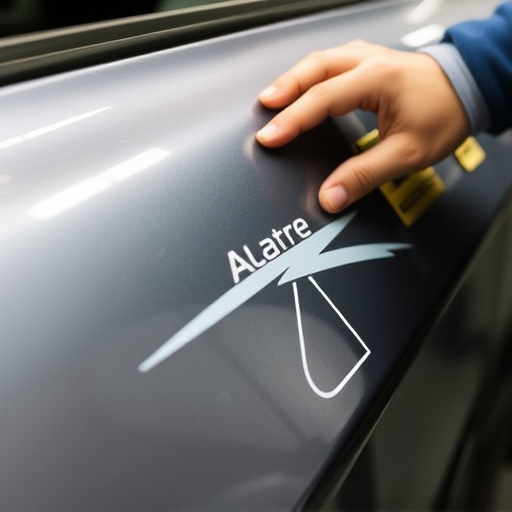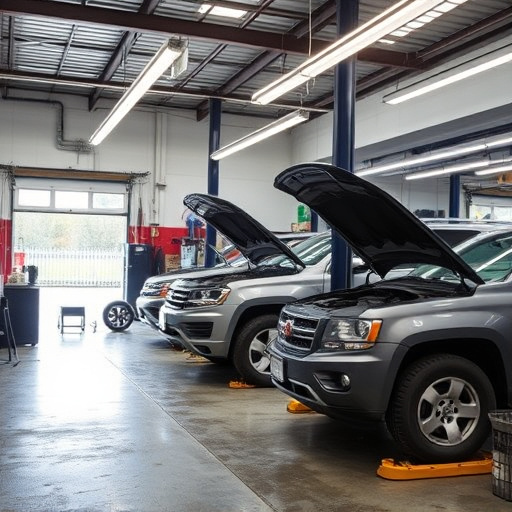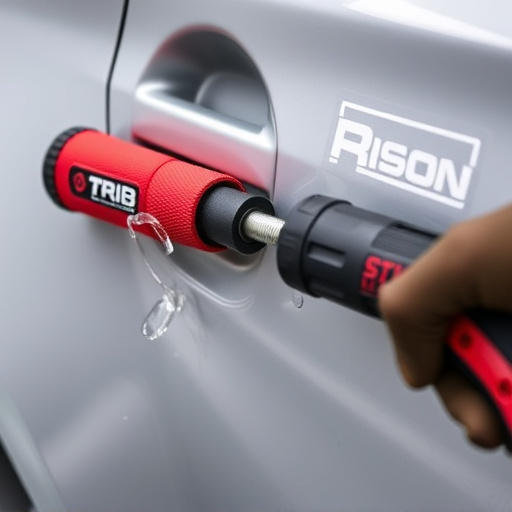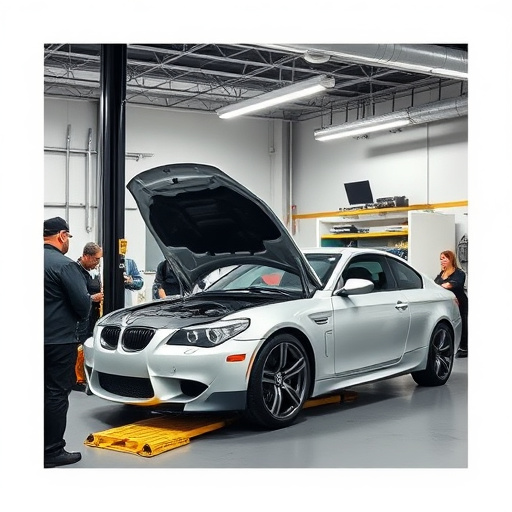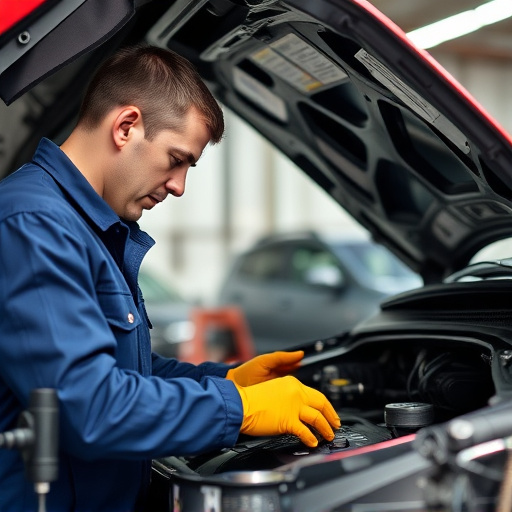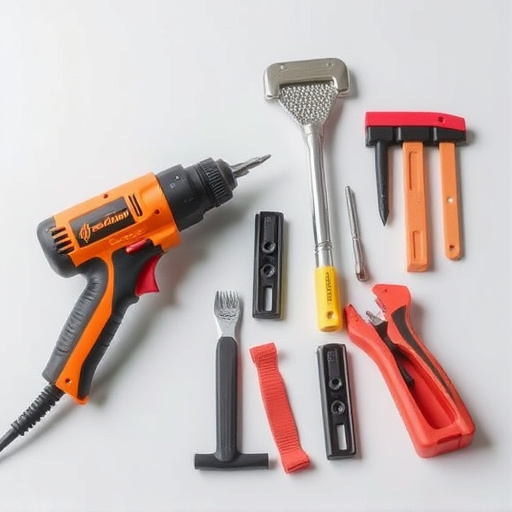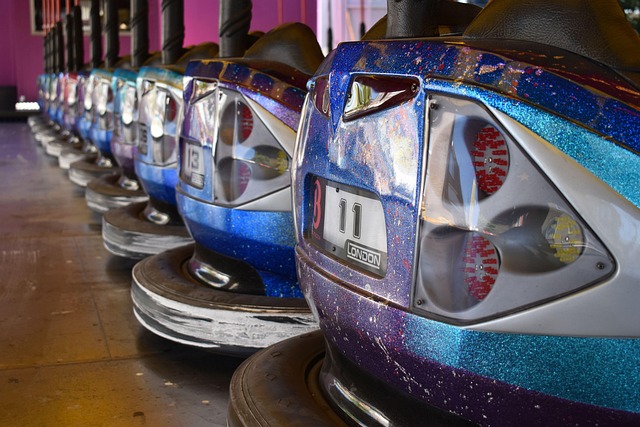Tesla owners needing repairs should consider loaner vehicle availability, which is regional and subject to demand. During peak seasons or after events causing many repairs, loaners may be scarce, leading to delays. Efficient inventory management and planning ahead can mitigate these issues. For minor incidents, leasing a temporary luxury car offers flexibility while waiting for a Tesla loaner.
Tesla owners often face a conundrum when their vehicles require repairs: the unavailability of a loaner car. This issue is especially prominent during peak demand periods, leading to inconvenience and frustration. Understanding when and why Tesla loaners might not be readily available is crucial for informed decision-making. In this article, we explore factors impacting loaner accessibility, offering strategies to navigate these challenges, ensuring minimal disruption to your daily commute.
- Understanding Tesla Loaner Availability
- High Demand Impacts Loaner Access
- Strategies to Navigate Limited Loaners
Understanding Tesla Loaner Availability
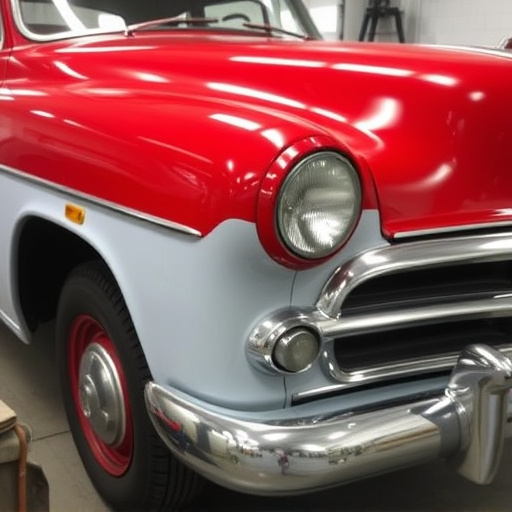
When a Tesla owner finds themselves in need of autobody repairs or tire services, one of the key considerations is whether a loaner vehicle will be available during their repair process. Tesla has made significant strides in providing this service, ensuring customers don’t feel stranded while their car is under maintenance. However, availability can vary greatly, especially during periods of high demand.
Understanding Tesla loaner during repair accessibility involves recognizing that these vehicles are a valuable resource shared among many owners. As such, factors like regional supply and current workshop capacity play significant roles in determining whether a customer will receive a temporary replacement. While Tesla aims to accommodate everyone, surges in repairs following accidents or extensive weather events can strain resources, potentially leading to delays in securing a loaner car.
High Demand Impacts Loaner Access

When a Tesla vehicle requires repairs, especially during peak demand periods, accessing a loaner car can become challenging. The high popularity and growing market for electric vehicles mean that authorized service centers often face increased workloads, resulting in longer wait times for both customers and their loaner vehicles. Many owners expect prompt access to a substitute car while their Tesla is under the hood at the automotive repair services or collision center. However, limited availability of loaner fleets can cause delays, especially when several customers require temporary vehicles simultaneously.
This scenario highlights the importance of efficient inventory management in vehicle body shops catering to Tesla owners. As demand continues to rise, ensuring an adequate supply of loaner cars is crucial to maintaining customer satisfaction and reducing wait times. By addressing these challenges, Tesla service centers can enhance their overall repair experience, fostering loyalty among their growing client base.
Strategies to Navigate Limited Loaners
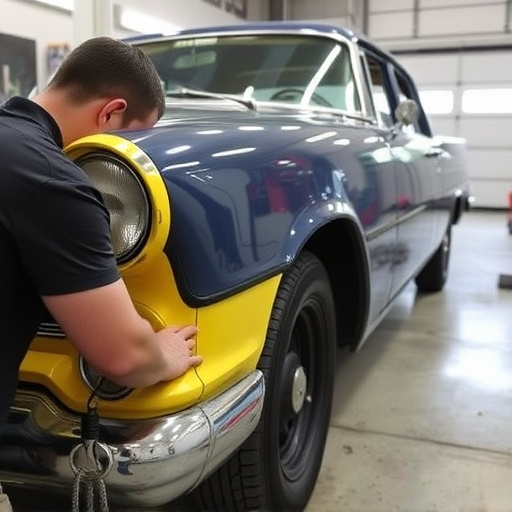
When dealing with a Tesla that needs repair, especially during high demand periods or after a vehicle collision repair, the unavailability of a loaner can be frustrating for owners. However, there are several strategies to navigate this challenge. One effective approach is to plan ahead by scheduling repairs during less busy times to secure a loaner. Being proactive ensures you have a backup plan and minimizes disruptions in your daily commute or travel plans.
Additionally, Tesla owners can explore alternative options such as leasing a temporary vehicle from nearby car rental services specializing in luxury vehicle repair. Some rental companies offer specialized fleets tailored for high-end cars, ensuring a more suitable replacement while your Tesla undergoes repairs. This solution provides flexibility and peace of mind, especially if you frequently experience minor fender benders or other non-critical damage that still requires professional attention.
While Tesla loaner vehicles during repair are a convenient feature, high demand can lead to limited availability. To ensure a smoother experience, customers should be proactive in their planning and consider alternative strategies when facing delays. By understanding the factors influencing loaner access and employing effective navigation techniques, individuals can minimize disruptions and continue enjoying their electric vehicle ownership.
